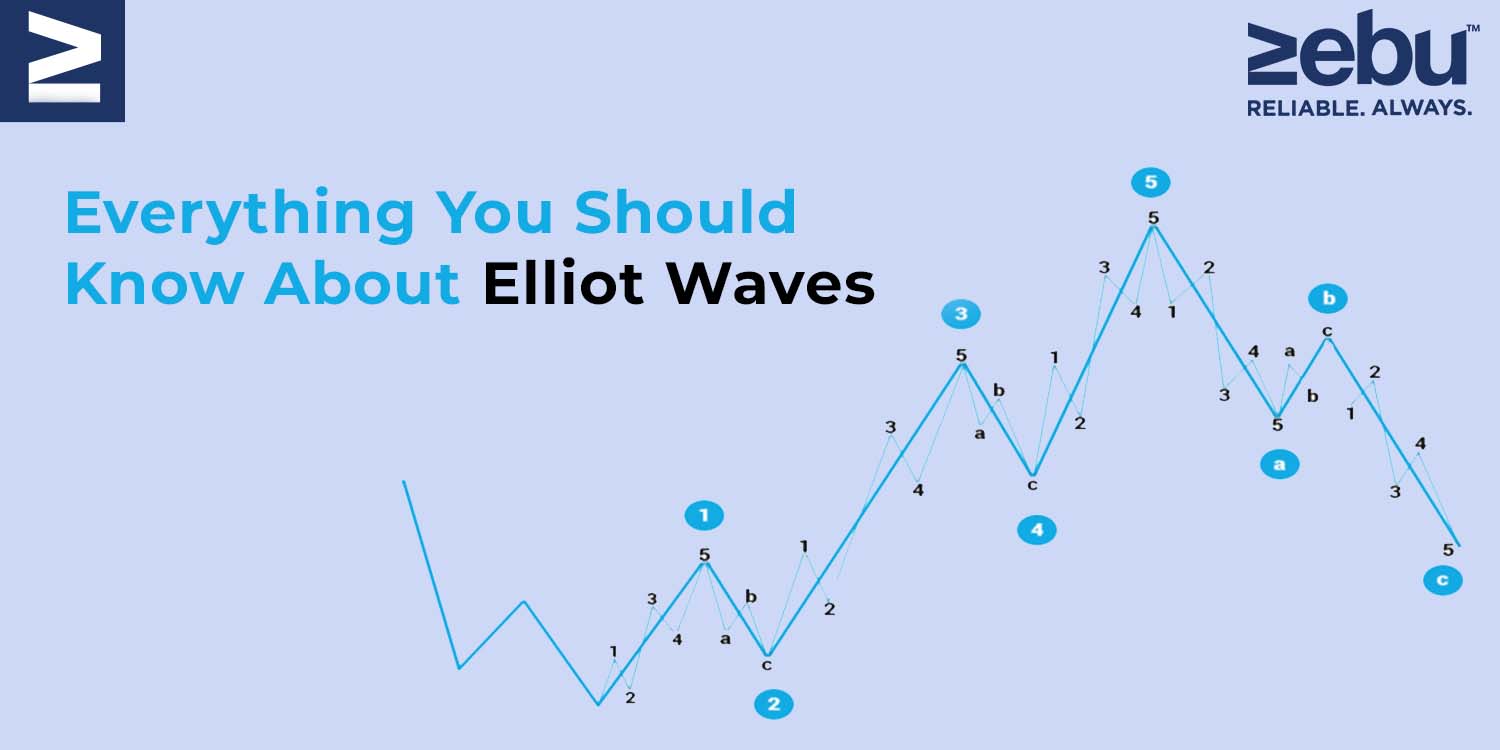
Buying the breakout is a strategy in which you wait for an asset’s price to turn around and then try to invest in the early stages of its rise. (Some traders also use the word “breakout” to describe sharp price drops that happen after a time when prices went up or were stable.) When the decline stops and things start to get better again, this is called a “breakout.” The goal is to come together before the asset gains a lot of value.
A retest happens when a stock price breakthrough is followed by a trend reversal and a return to a predetermined price range, such as the area around its 21-day simple moving average. Most of the time, the price goes back to where it was before the breakout. After that, it goes back to the way it moved before it broke out.
When you buy the retest, you wait until after the breakout and buy the asset when it goes back into the range it was in before the breakout. This is helpful because it lets you move more methodically. You don’t have to invest right away because you don’t want to miss out. A retest also usually means that prices will be more stable in the future. The second breakthrough price range is more likely to hold.
The problem with buying the breakout is, of course, that you can’t be sure when a breakout will happen until it has already happened. Even if an asset continues to lose value, its price can change from time to time. Sometimes, though, the asset has been revalued over a long period of time. In this case, any price changes will be made within a range of the new normal. You try to be right by making the best guess you can about what will happen to the price.
And the problem with waiting for a retest is that it may never come. A very powerful breakout might be so strong that the price might breakout of a range and never move back inside if it. That is why, it is important for you to perform your own backtests and ensure that you choose a versatile strategy that lets you make the most of it.
The most common indicator that intraday traders use to trade retest breakouts is the VWAP. It is the Volume Weighted Average Price that the price often moves to before moving again. For example, you mark the high and low of the 15 minute range of Nifty, and see a breakout happening at the high, then wait for it to come back to the VWAP before initiating a long trade. This will give you an attractive Risk:Reward Ratio.
If you would like to start trading breakout strategies, open your best trading account with Zebu today.








